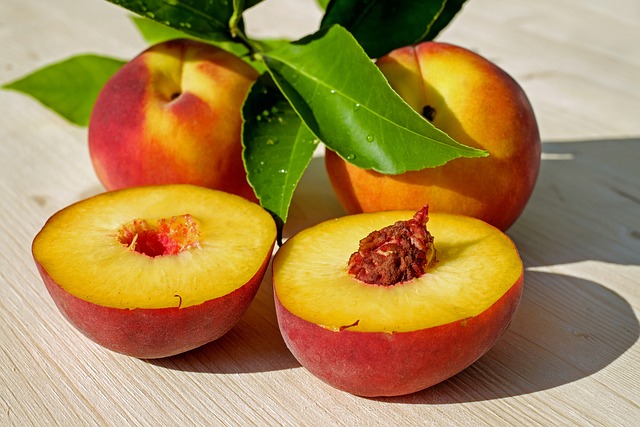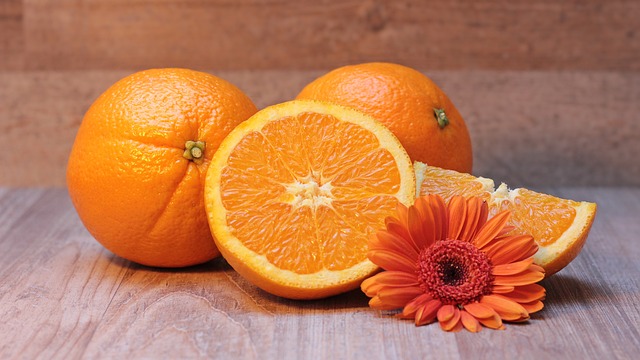Beyond Yogurt: Discovering Unexpected Sources of Probiotics in Your Diet
Probiotics have gained significant attention in recent years for their potential health benefits. These live bacteria and yeasts promote a healthy gut microbiome, leading to improved digestion, enhanced immune function, and even mental well-being.
While yogurt has traditionally been hailed as the go-to source for probiotics, there are numerous other foods that can provide these beneficial microorganisms. Let’s explore some unexpected sources of probiotics that you can incorporate into your diet:
Sauerkraut
Sauerkraut, fermented cabbage, is not only a tasty addition to your meals but also an excellent source of probiotics. During the fermentation process, the cabbage is naturally preserved by lactic acid bacteria. These bacteria convert sugars into lactic acid, creating an acidic environment that promotes the growth of beneficial bacteria.
When purchasing sauerkraut, it’s essential to choose the unpasteurized variety. Pasteurization kills off the live bacteria, diminishing the probiotic benefits. Look for sauerkraut in the refrigerated section of your grocery store or consider making it at home. Add some sauerkraut to your sandwiches or serve it as a side dish to enjoy its probiotic goodness.
Kombucha
Kombucha is a fermented tea beverage made by fermenting sweetened black or green tea with a symbiotic culture of bacteria and yeast (SCOBY). The fermentation process produces a slightly fizzy and tart beverage that is packed with probiotics.
Kombucha’s probiotic content may vary depending on the brewing process and duration. Nonetheless, it remains a great option for those seeking alternative probiotic sources beyond yogurt. It is now readily available in most grocery stores, or you can even try brewing your own at home.
Kimchi
Originating from Korea, kimchi is a spicy and tangy fermented cabbage dish. Like sauerkraut, kimchi undergoes a fermentation process that creates an environment for beneficial bacteria to thrive.
Traditional kimchi recipes also often include other vegetables like radishes, carrots, and onions, making it a nutrient-rich probiotic powerhouse. Besides its probiotic benefits, kimchi is also rich in antioxidants and vitamins. Incorporate kimchi into your meals as a side dish or explore using it as a flavorful ingredient in various recipes.
Miso
Miso, a staple in Japanese cuisine, is a fermented soybean paste with a distinctive umami flavor. It is widely used to make soup, dressings, marinades, and various other dishes.
During the fermentation process of miso, a combination of soybeans, salt, and a mold called koji is used. This mold helps to break down the soybean proteins into amino acids, resulting in the unique taste and texture of miso. The fermentation process also promotes the growth of beneficial bacteria.
When purchasing miso, look for the unpasteurized variety, as pasteurization can kill off the probiotics. Miso is available in different colors, such as white, yellow, and red, each with its own flavor profile. Experiment with miso in your cooking to enjoy its probiotic benefits and add depth to your dishes.
Kefir
Kefir is a fermented milk drink that has been consumed for centuries in Eastern Europe and Central Asia. It is made by adding kefir grains, a combination of bacteria and yeast, to cow’s or goat’s milk.
The fermentation process of kefir breaks down lactose in milk, making it a suitable option for lactose-intolerant individuals. It also results in a creamy and tangy beverage packed with probiotic microorganisms.
Kefir is now widely available in supermarkets, but you can also try making it at home using kefir grains. Enjoy kefir on its own, blend it into smoothies, or use it as a base for creamy dressings and dips.
Conclusion
Beyond yogurt, there is a diverse range of foods that can provide you with the prob







